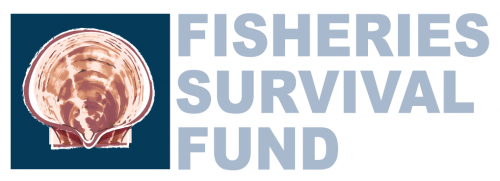January 18, 2018 — SEAFOOD NEWS — In a step towards balancing sustainable scallop fishing and environment protection, the National Marine Fisheries Service (NMFS) has approved the majority of Omnibus Fish Habitat Amendment 2 (OHA2).
The New England Fishery Management Council initiated OHA2 in 2004, and it was implemented in 2017 to update essential fish habitat designations, as well as designate new Habitat Areas of Particular Concern for Atlantic salmon and Atlantic cod. Now the council has received approval for habitat closures in the Great South Channel and western Georges Bank. According to a press release from the Fisheries Survival Fund, a group established to ensure the long-term sustainability of the Atlantic sea scallop fishery, the closures will “provide critical protections for species like Georges Bank cod, and will provide dramatically more protection for critical habitat than the nearly 20-year closures that they replace.”
The Fund is praising NMFS’ decision, saying that it creates “new opportunities for the successful scallop rotational management system.” However, they also have some concerns.
While NMFS approved habitat closures in the Great South Channel and western Georges Bank, they rejected habitat management in eastern Georges Bank. The Fund says that the area contains “some of the most historically rich scallop fishing areas in the world.”
“According to its decision memo, NMFS appears to have been seeking more information on how habitat-friendly rotational scallop fishing can be implemented to benefit both fishermen and habitat,” the Fund wrote in a press release. “In the meantime, the outmoded 20-year-old closures remain in place, despite zero evidence that these closures have done anything to promote groundfish productivity. In fact, the evidence suggests they have stymied economic growth and prevented optimization of scallop management.”
The Fisheries Survival Fund says that they hope NMFS is “willing to work on refining a solution to restore Northern Edge access.”
This story originally appeared on Seafoodnews.com, a subscription site. It is reprinted with permission.

